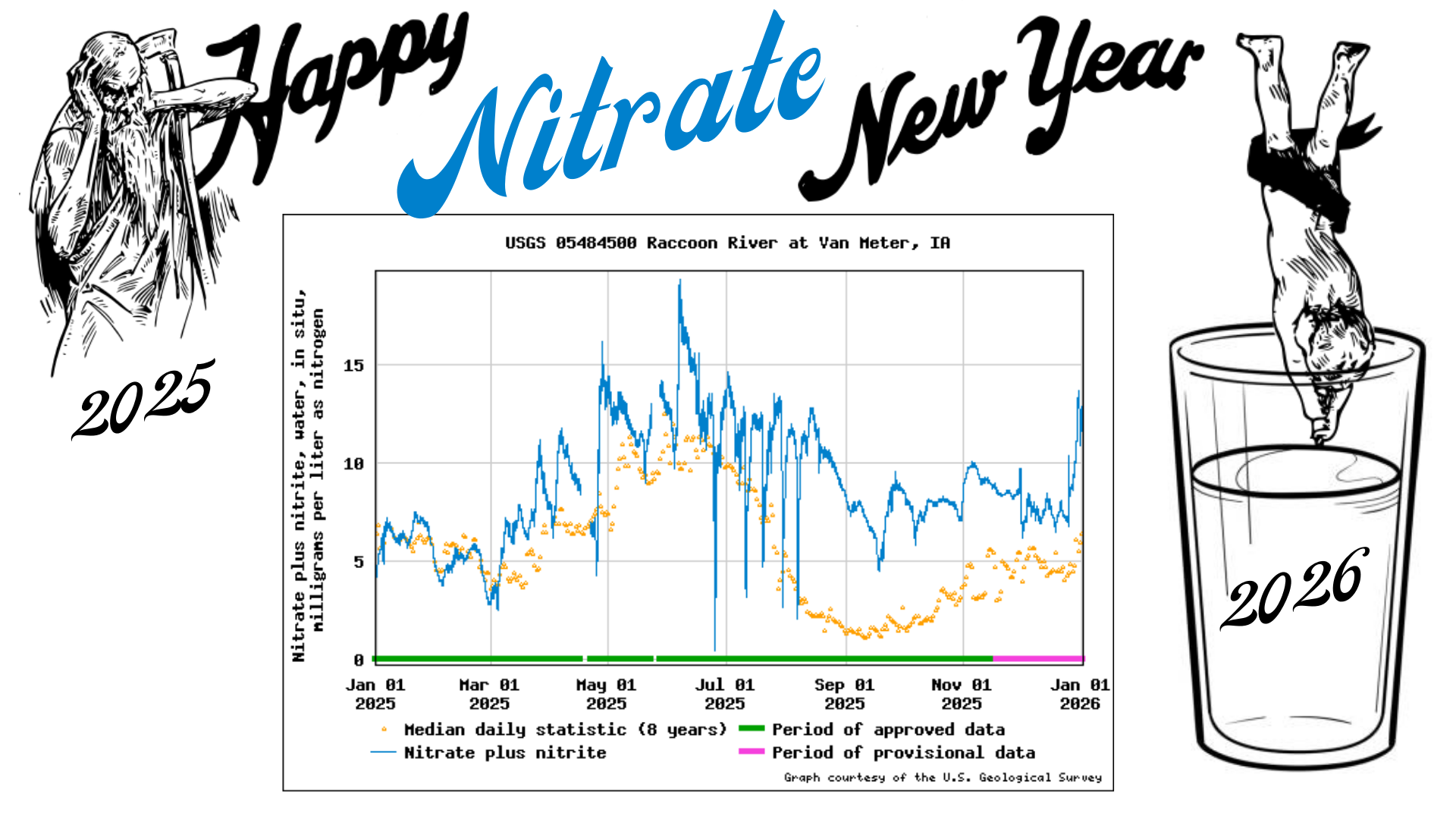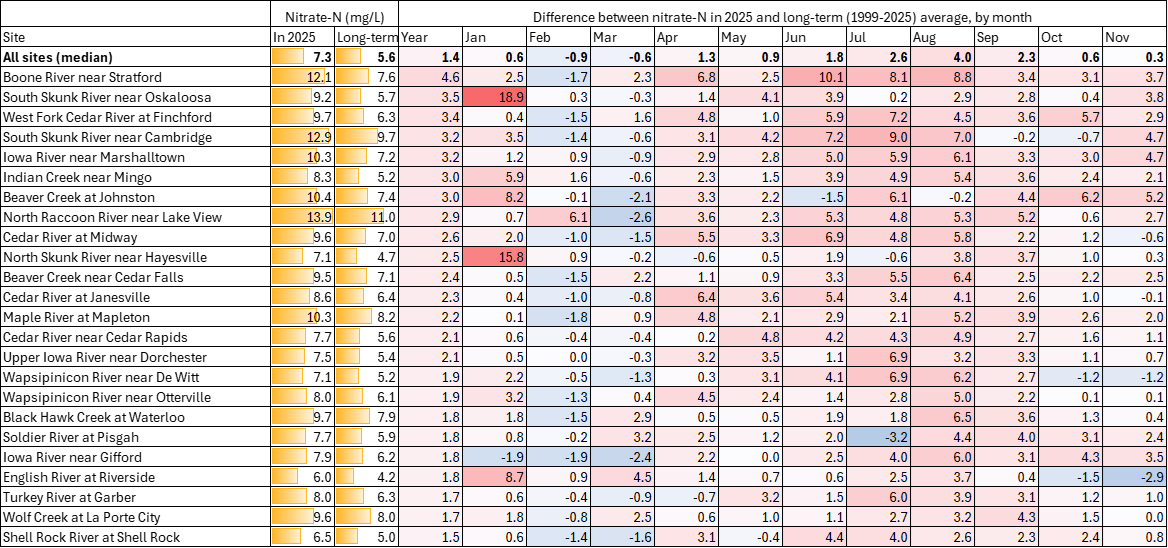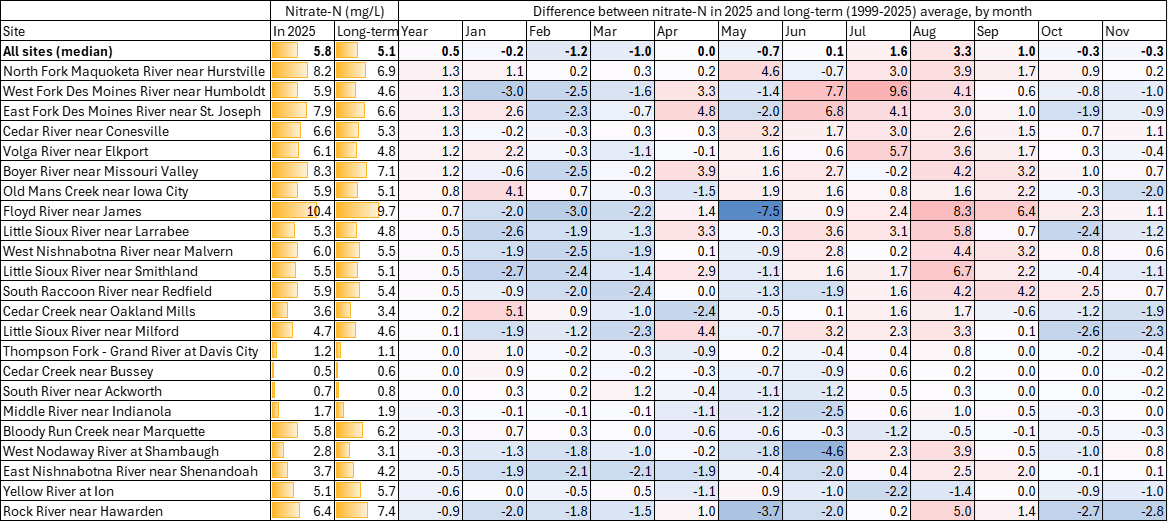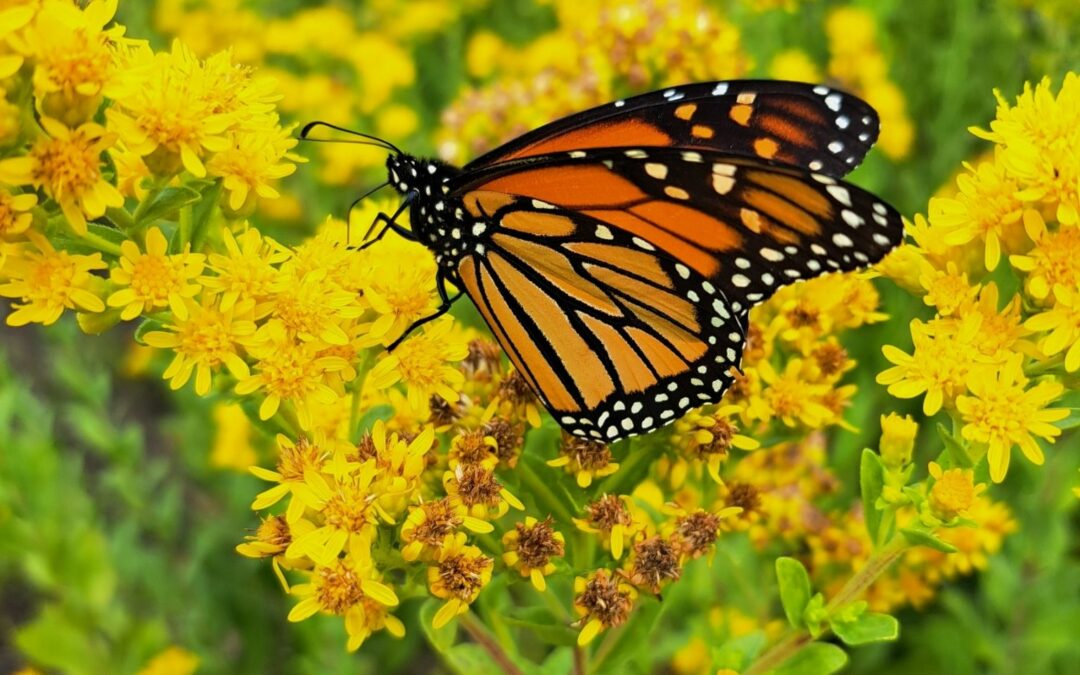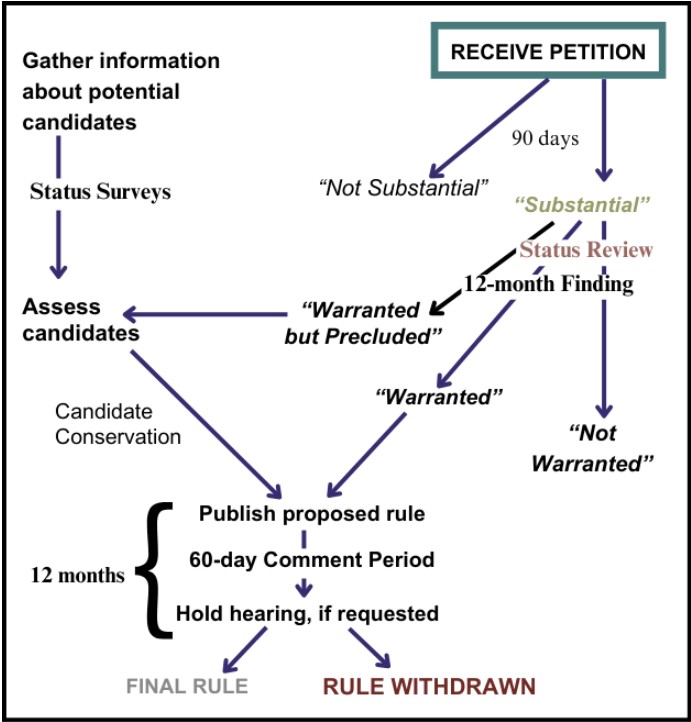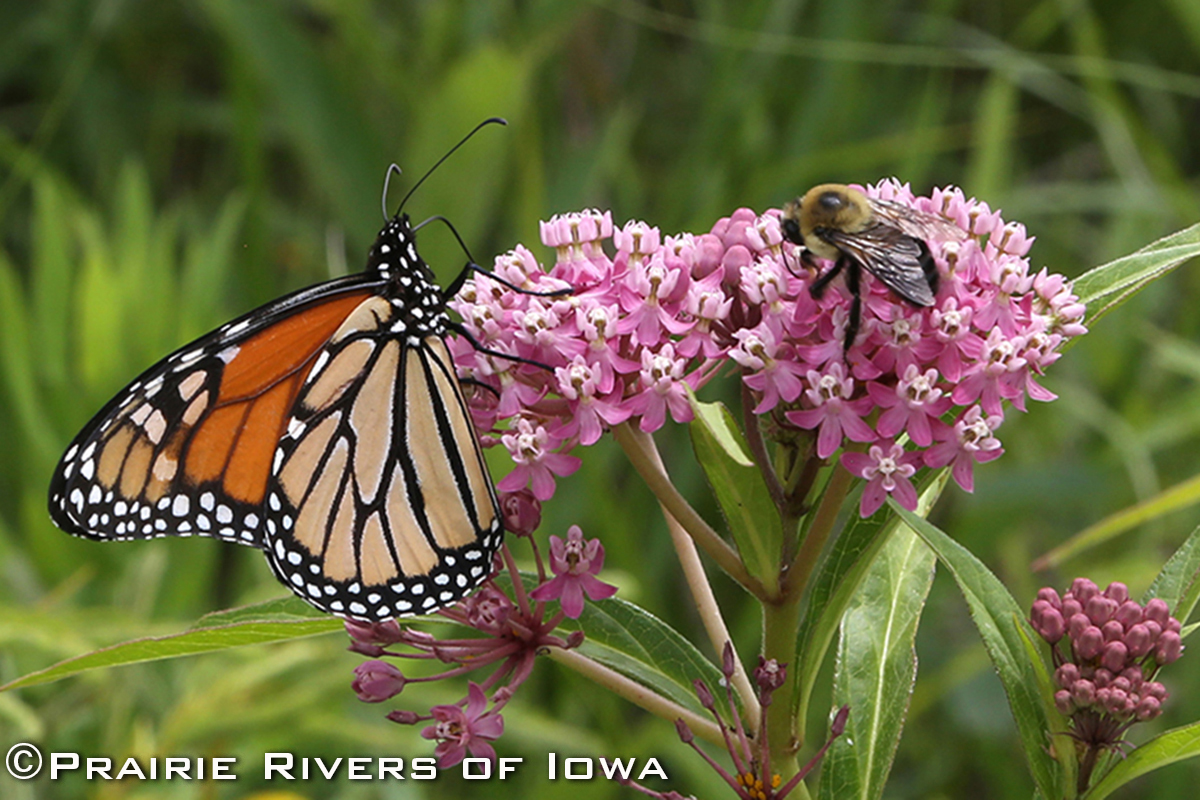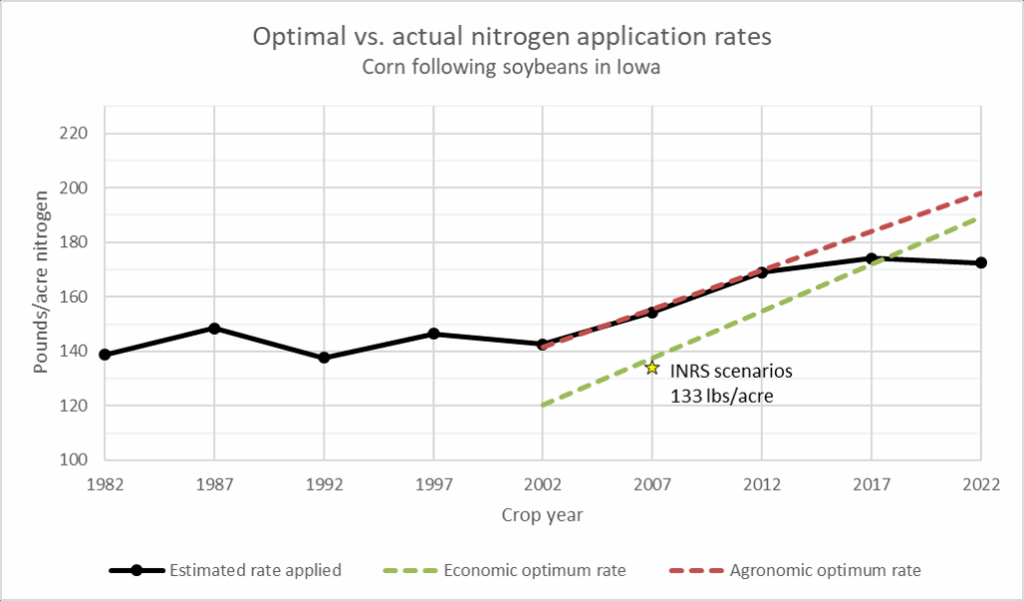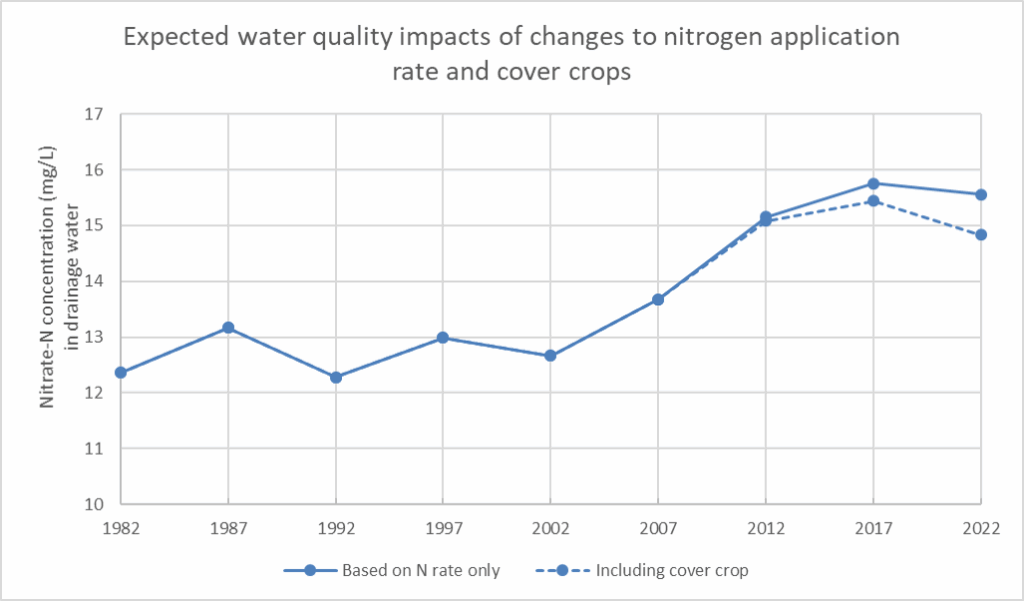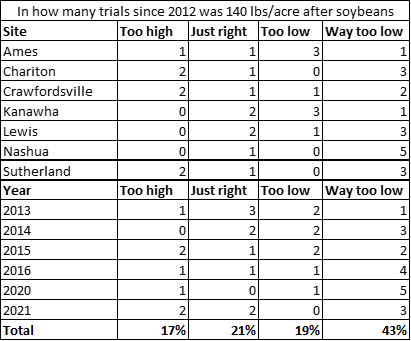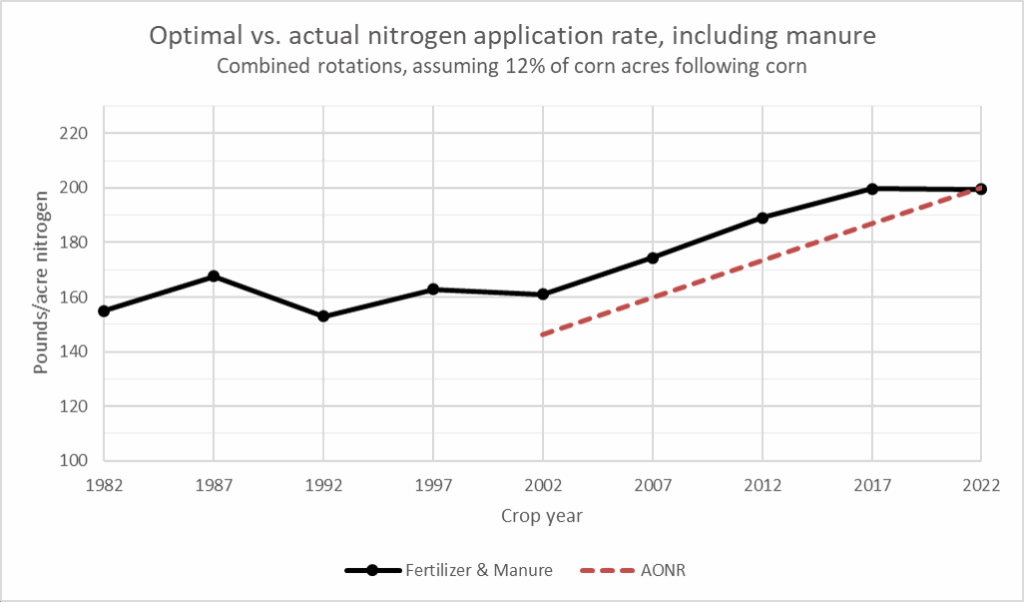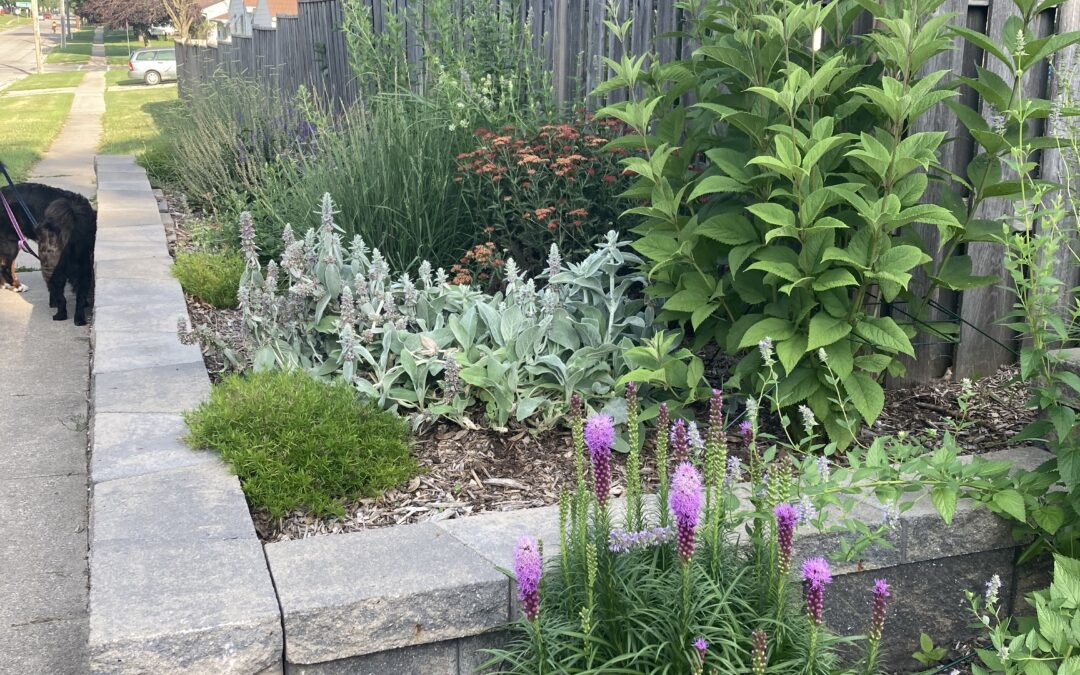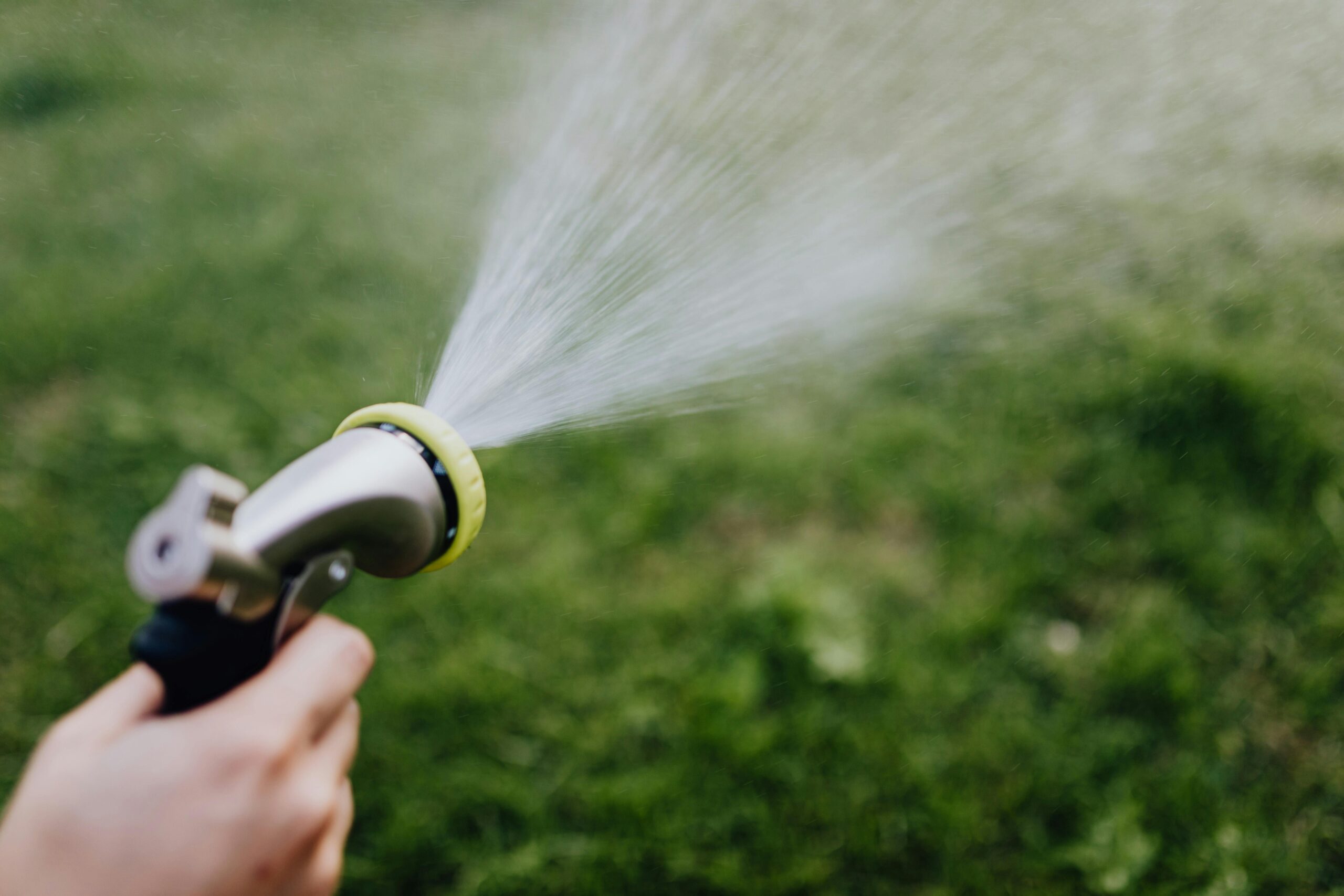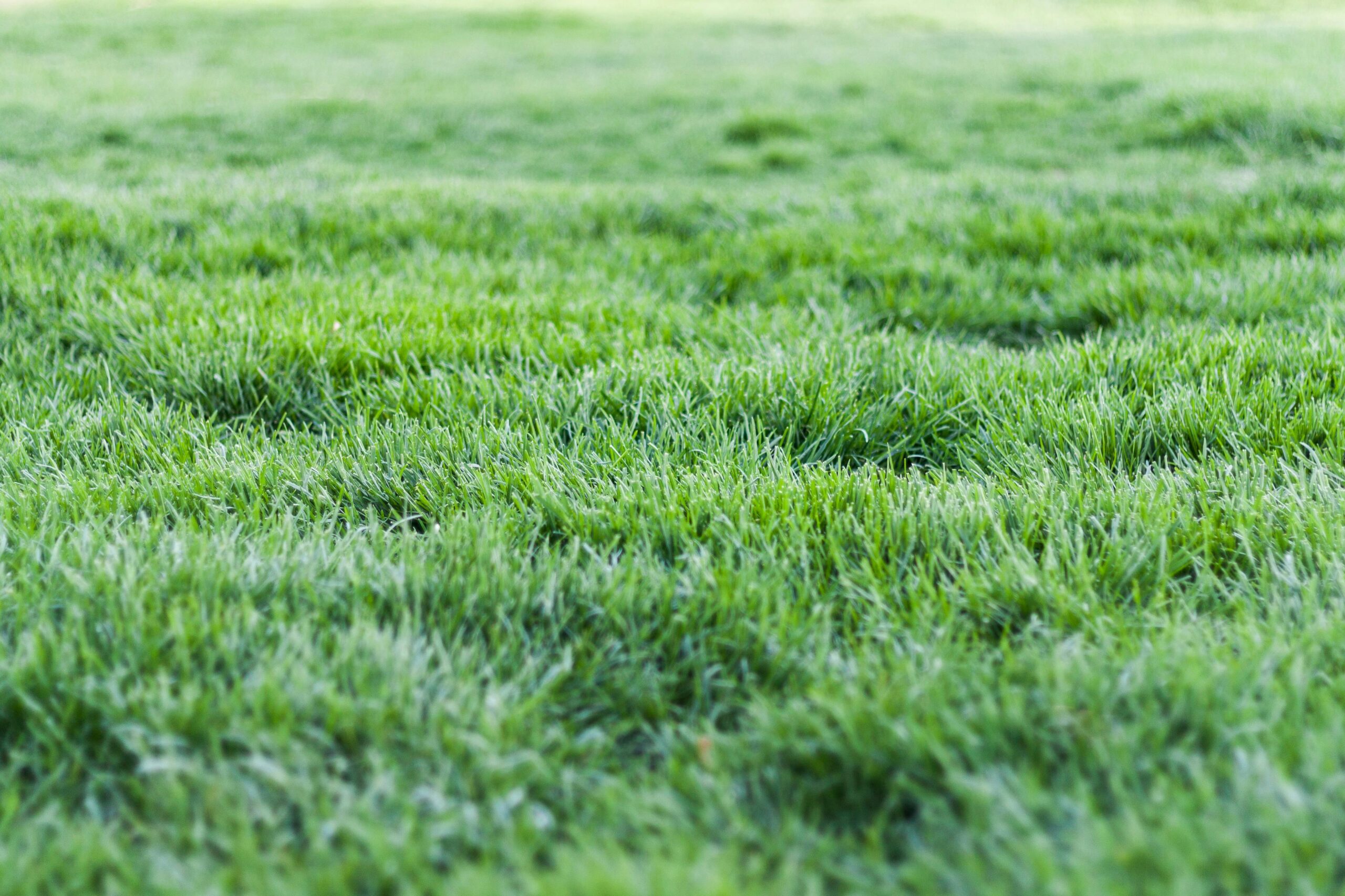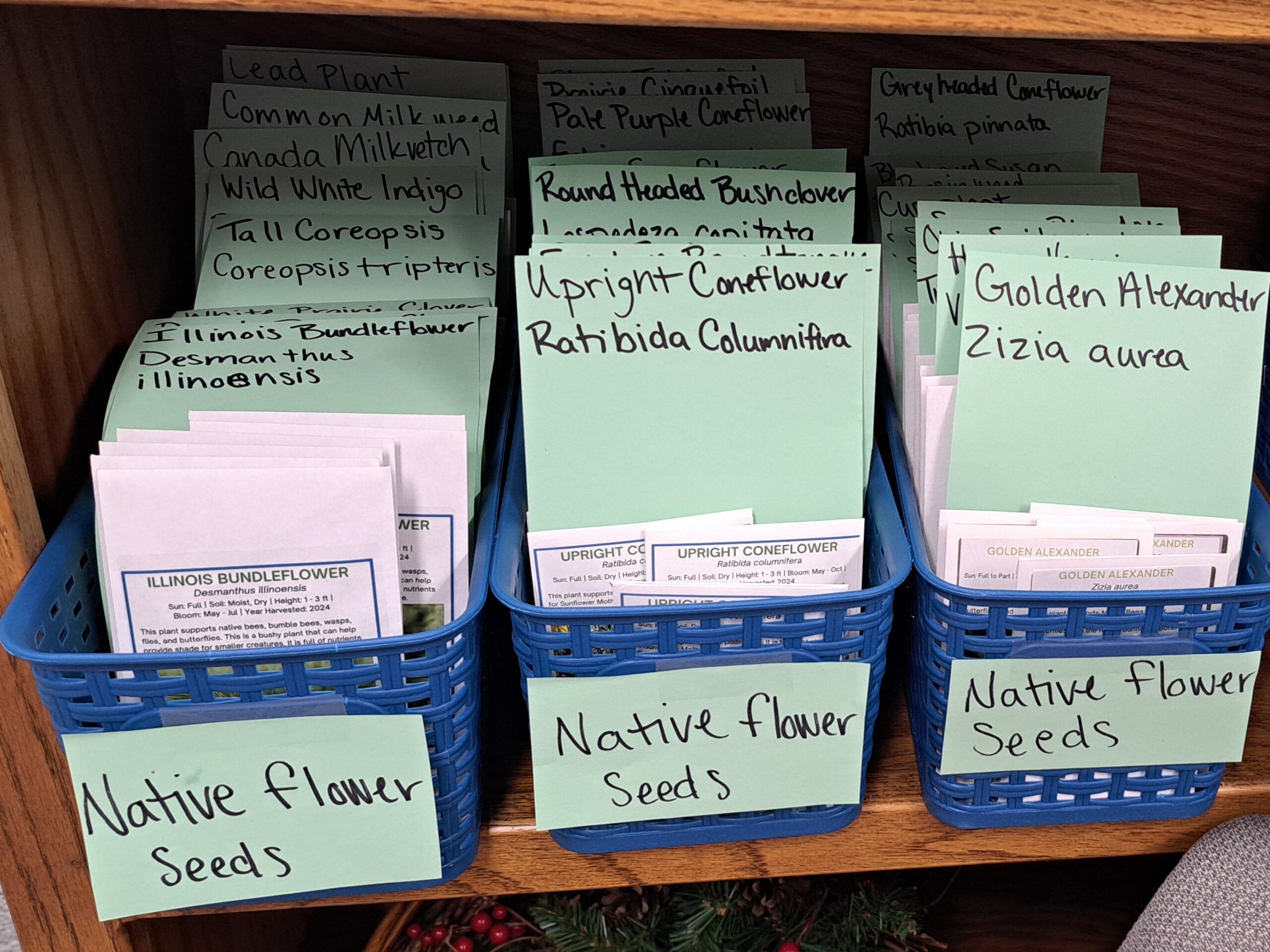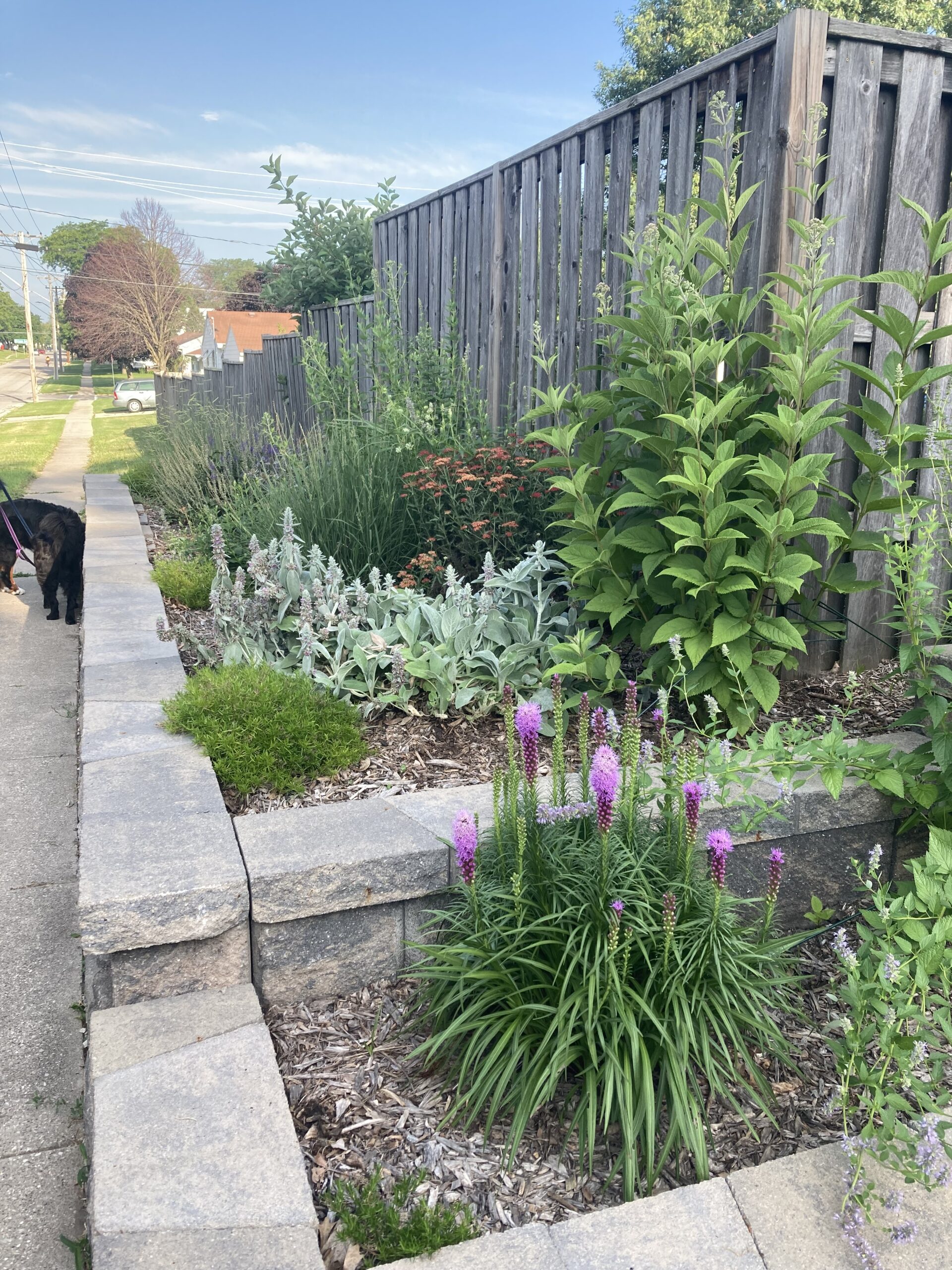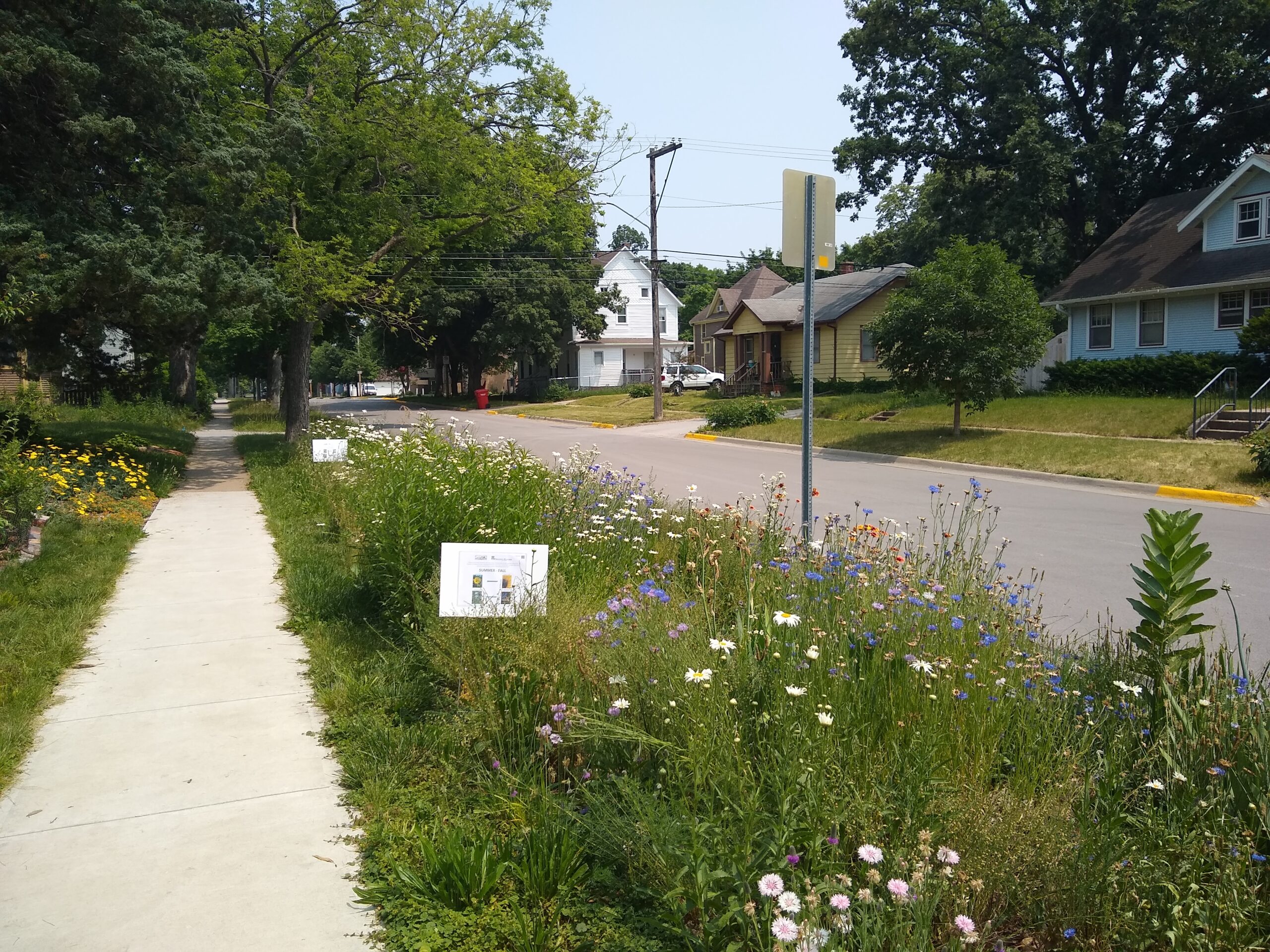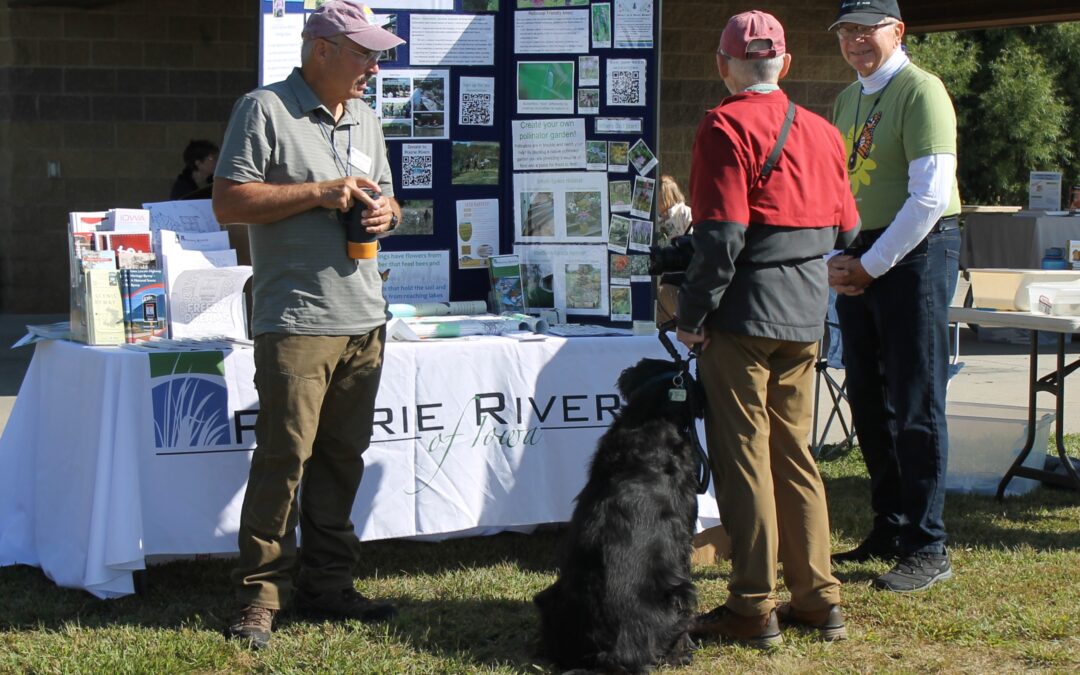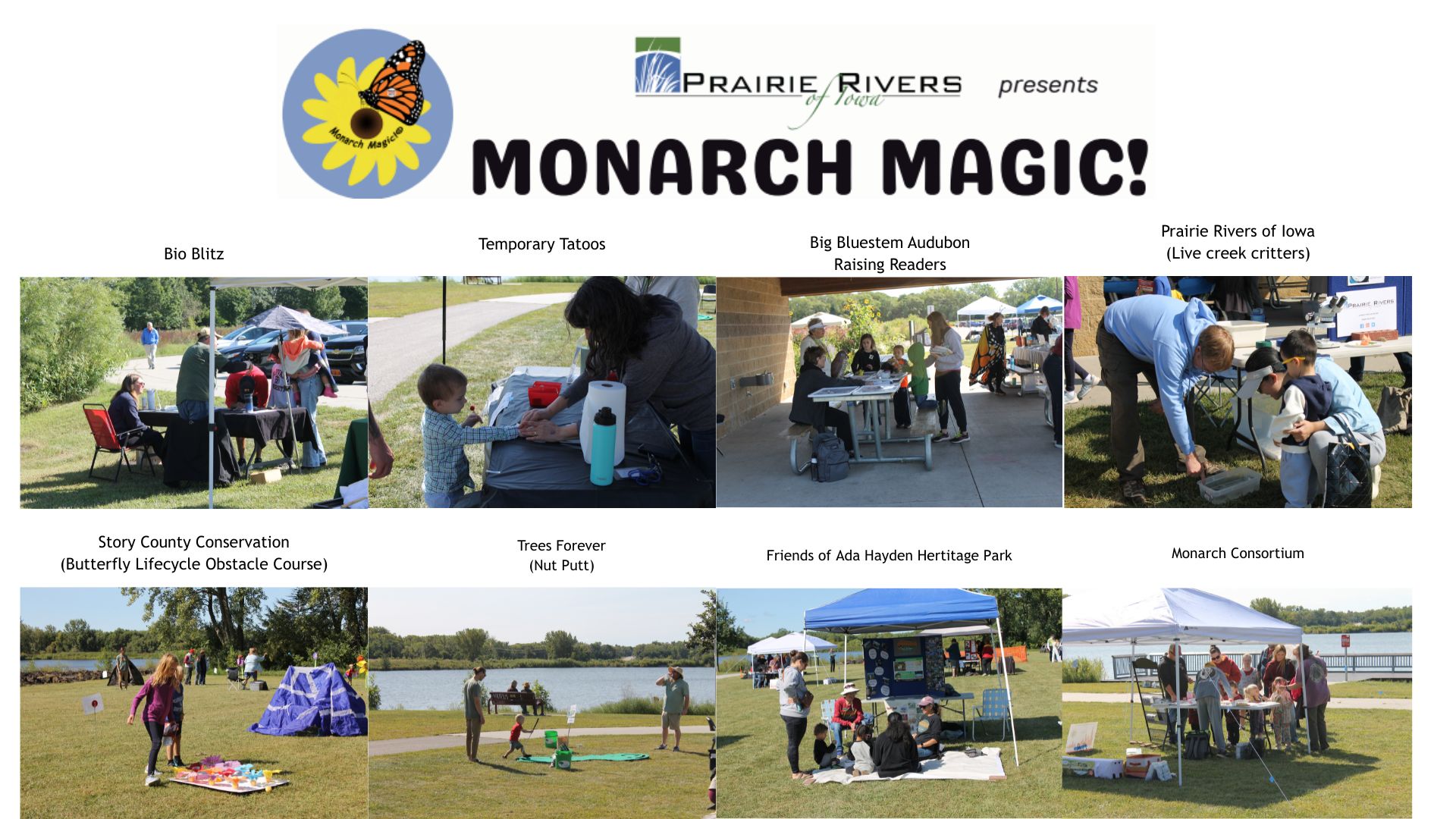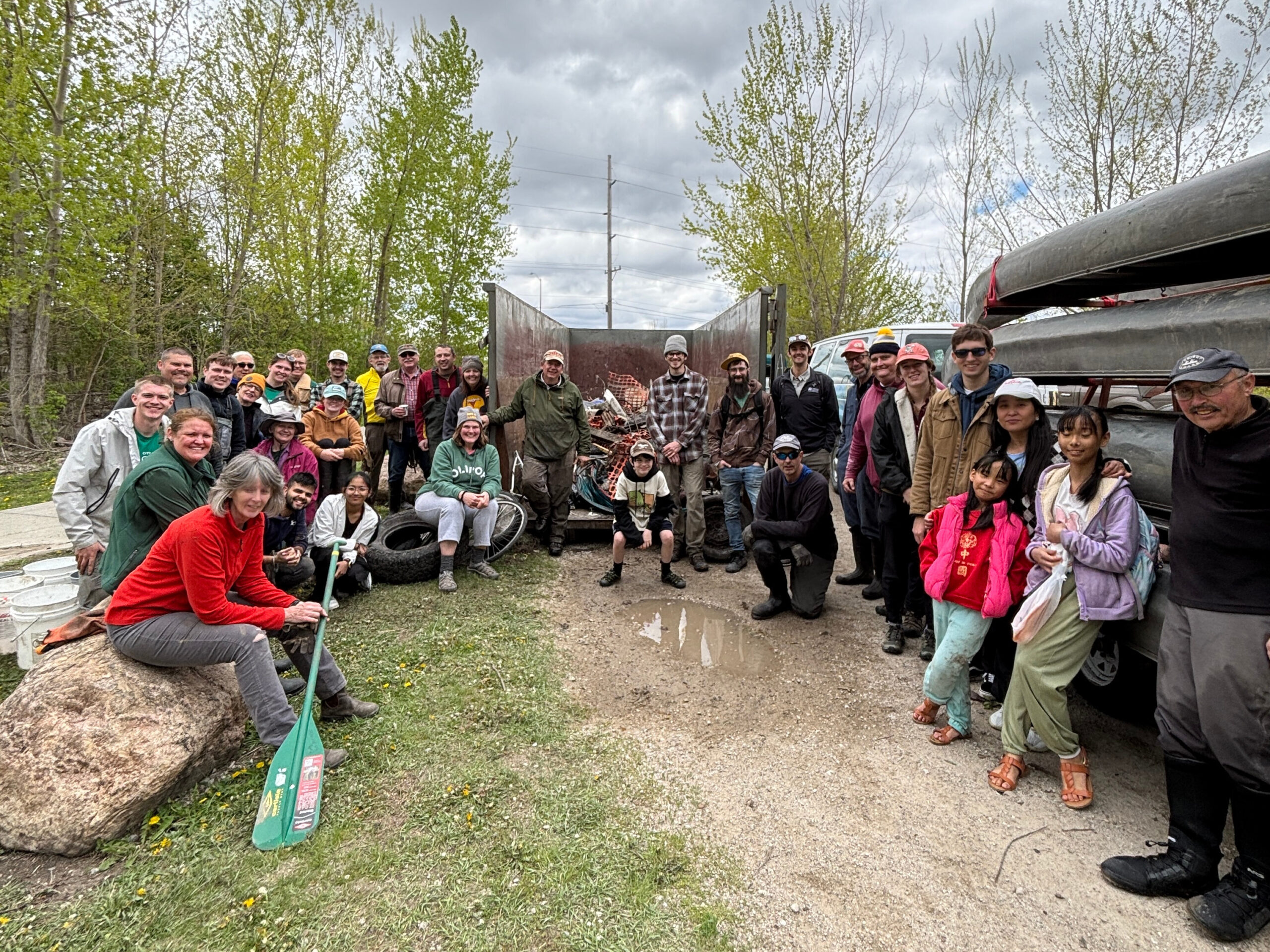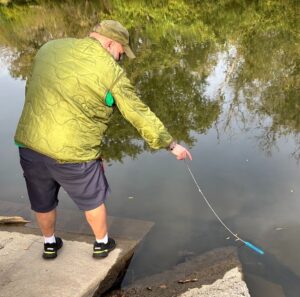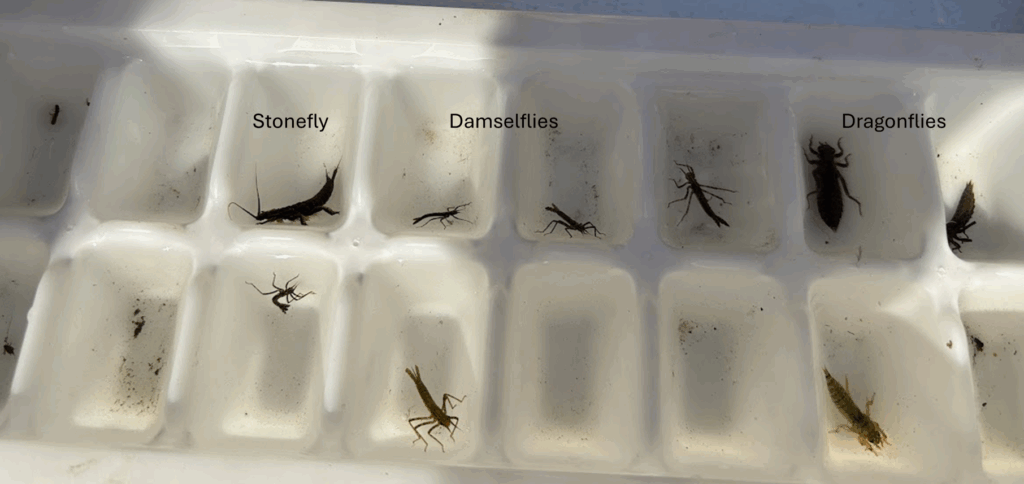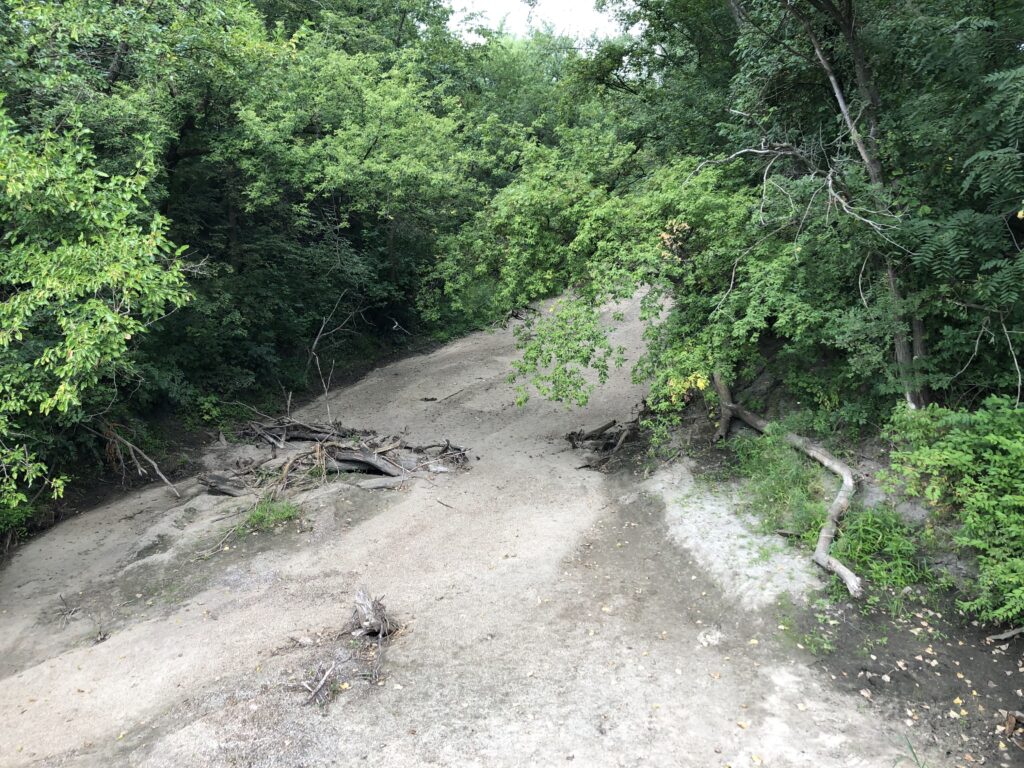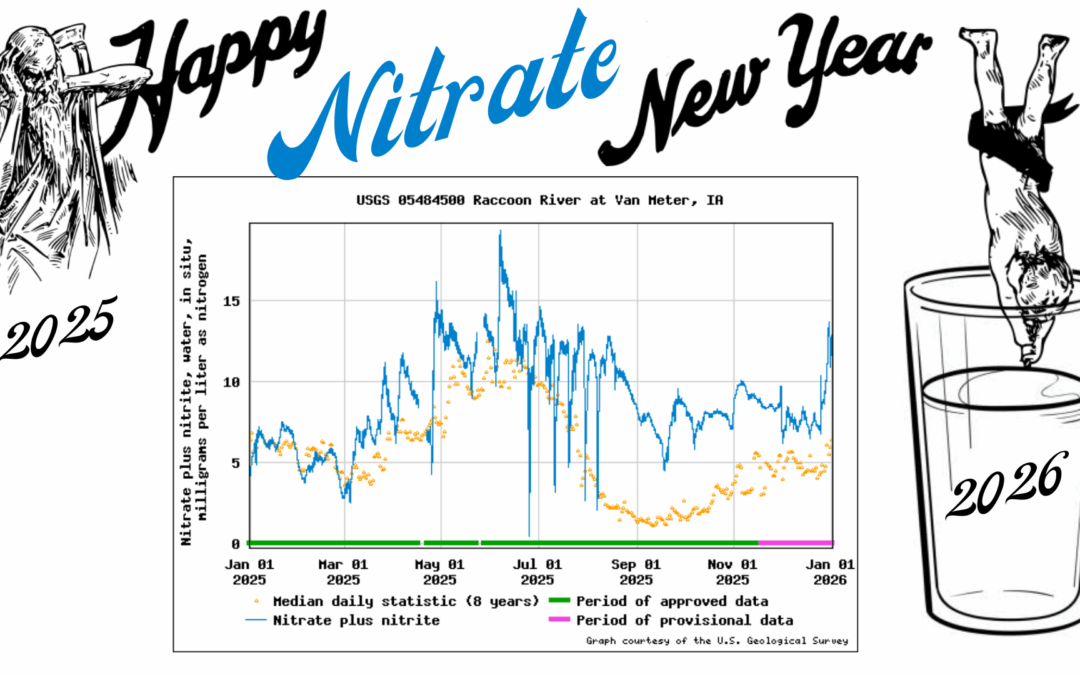
How bad was nitrate in 2025?
When the ball dropped on New Year’s Eve, nitrate in the Raccoon River was once again above the drinking water standard, closing out a bad year for water quality in Iowa. Below, I’ve compared this year’s nitrate levels to long-term averages at sites in Iowa DNR’s Ambient Stream Network with at least 20 years of data to get a sense for where and when nitrate was highest and what was unusual about 2025.
To understand these patterns, it’s important to remember that 2025 was not a uniformly wet year. Heavy rains in July broke or came near to breaking some records and caused flash flooding in many communities. These rains also raised the water table enough to keep drainage tiles flowing into into the fall. However, most of the state received less than average rainfall from January through May and from August through December. In a band from Ames to Charles City, that works out to a much wetter year than normal. In other parts of the state, like Dubuque, Ottumwa, and Red Oak, that works out to a much drier year than normal.
Nitrate was much higher than normal in the Boone River, Skunk River, and many others in northern and central Iowa, especially in July and August. Nitrate was within 1 mg/L of the long-term average for the Nishnabotna and other rivers in southern Iowa and for the Rock and Floyd Rivers in northwest Iowa. In the table below, red indicates nitrate was higher than average, blue is lower than average, and white is close to the long-term average.
There are some unusually high readings (25 mg/L in the South Skunk River in January) and unusually low readings (3.3 mg/L at Beaver Creek In July) that may have been collected during a storm or other event that is not representative. This is a limitation of monthly grab samples and one reason why maintaining Iowa’s network of real-time nitrate sensors is important. The Ioway Creek sensor was removed at the end of 2024, but the pattern I documented here here (a quick flush of low nitrate surface runoff followed by a gradual release of high nitrate drainage water) happened over and over, in many places in 2025. These kinds of leaks can be avoided with changes in cropping systems and land use, reduced with better nutrient management and cover crops, or intercepted and treated with saturated buffers and wetlands, but we’ll need a lot more of them to prevent another bad year like 2025.

